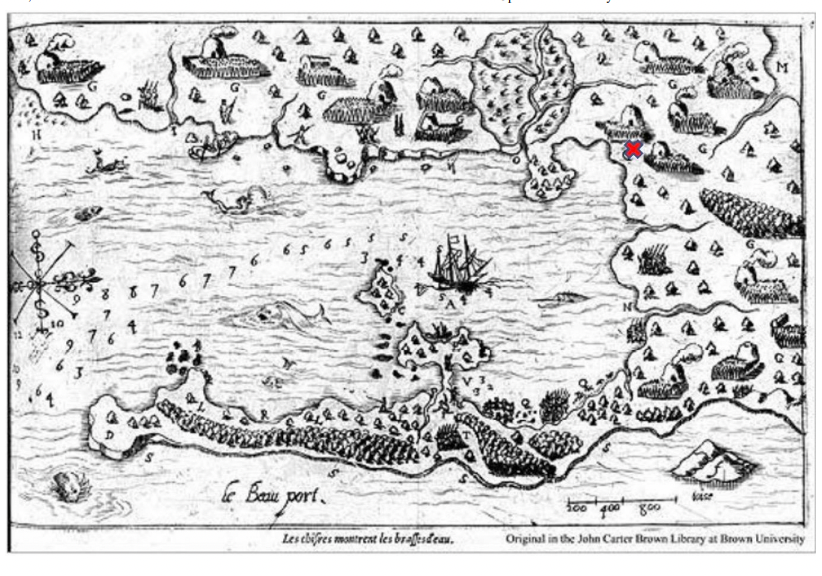We at the Babson Historical Association recognized we needed to learn more about the Indigenous history of Cape Ann and how our ancestors’ arrival intersected with the Pawtucket people (also called the Agawam and Wamesit by colonists and early historians), who had lived on Cape Ann for thousands of years. We enlisted Mary Ellen Lepionka, an independent scholar who has researched the Indigenous history of Essex County from the last Ice Age to around 1700. Her work helped us to summarize the available research on the history of places of importance to Babsons in order to start learning the importance of those same places to the Indigenous people they lived among and eventually displaced.
We hope you enjoy these summaries, and for much more in depth history, you can read Mary Ellen’s book on Indigenous History of Essex County, Massachusetts at https://capeannhistory.org/ .While the Pawtucket were displaced through land transfers, colonial policies and — after King Phillips War exile –, descendants of those who joined with the Wabanaki Confederacy still maintain ties to Cape Ann today. We hope to build relationships as we continue to learn more about our shared history and connection to place.
Links to Articles
Indigenous History on the Babson Cooperage Site

